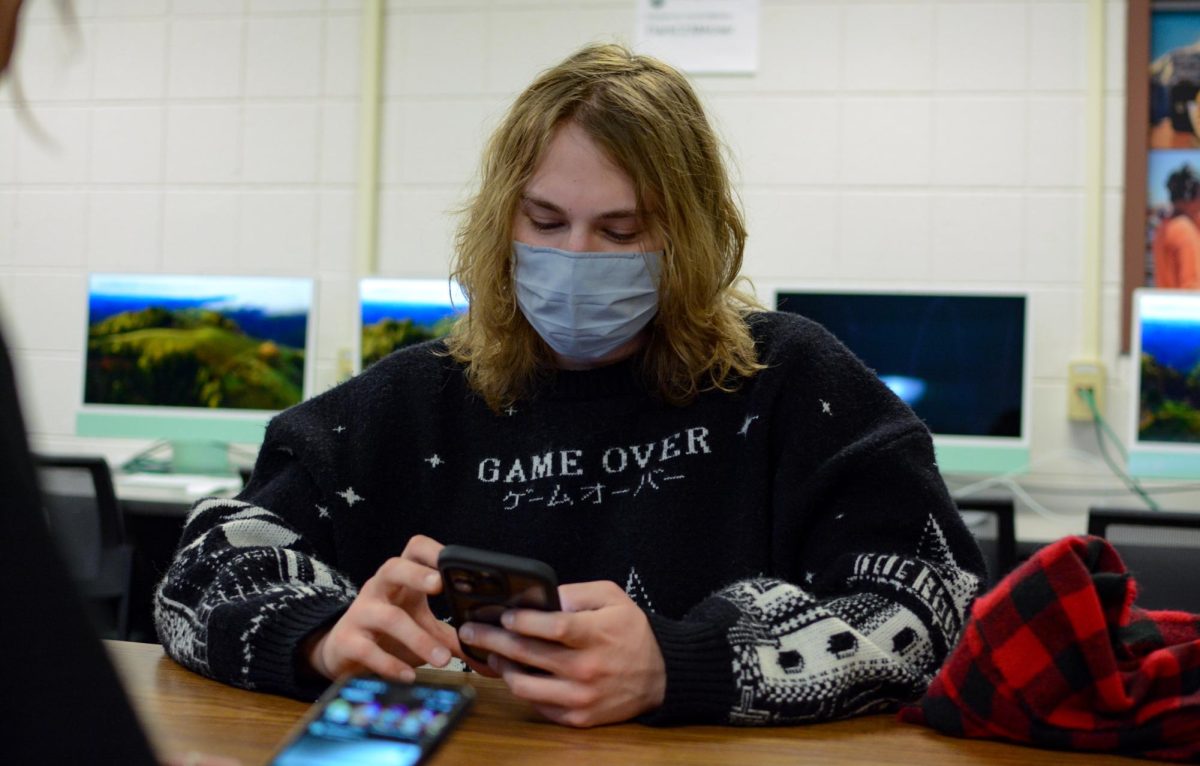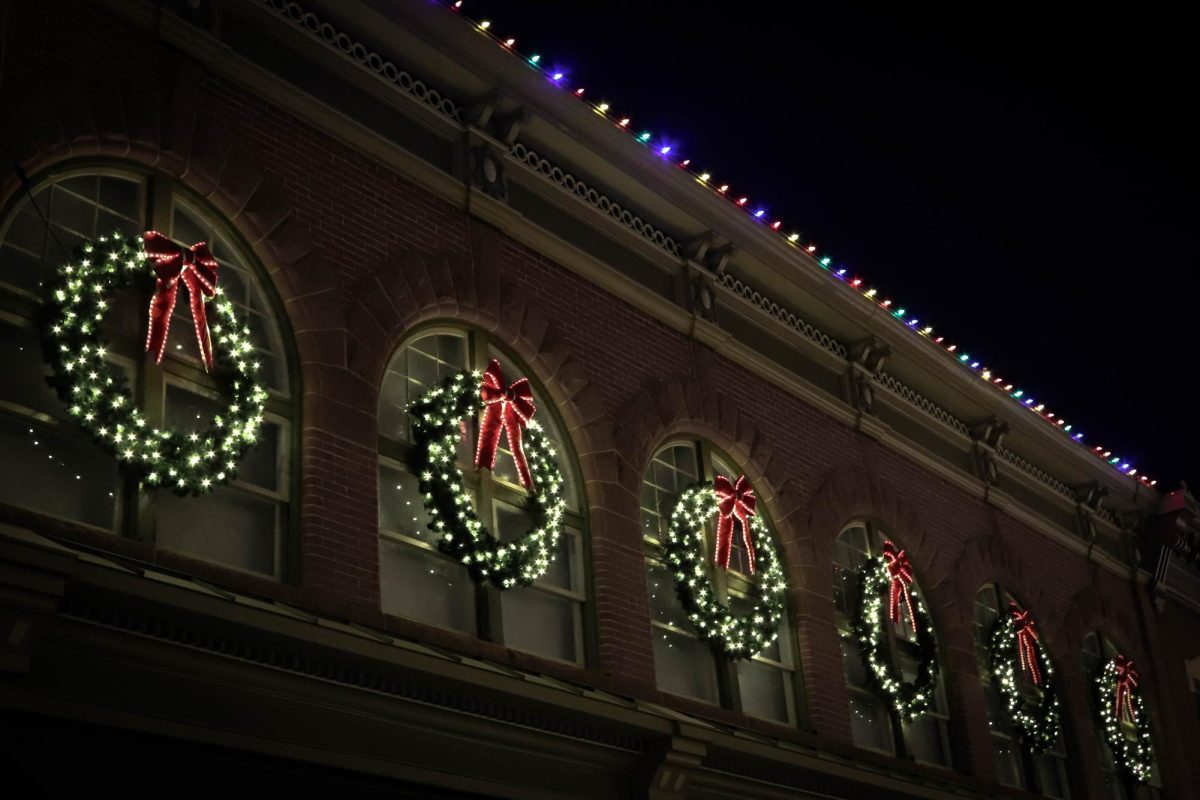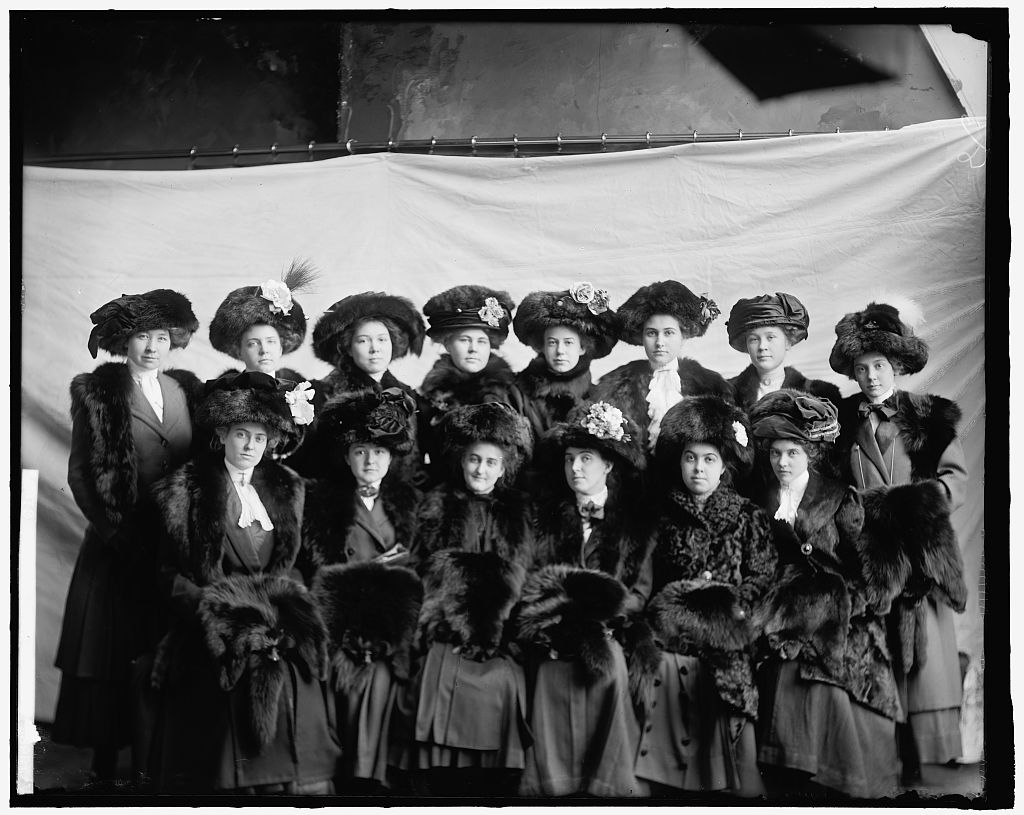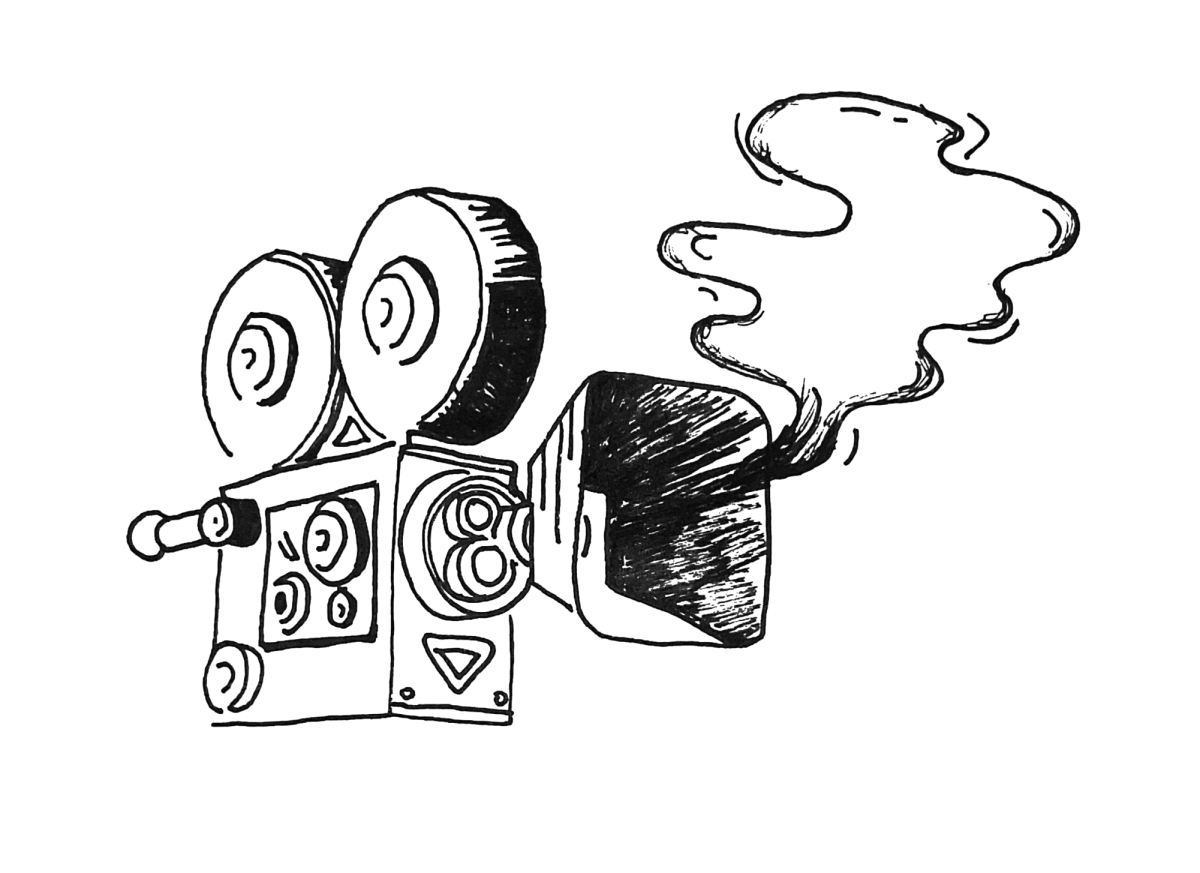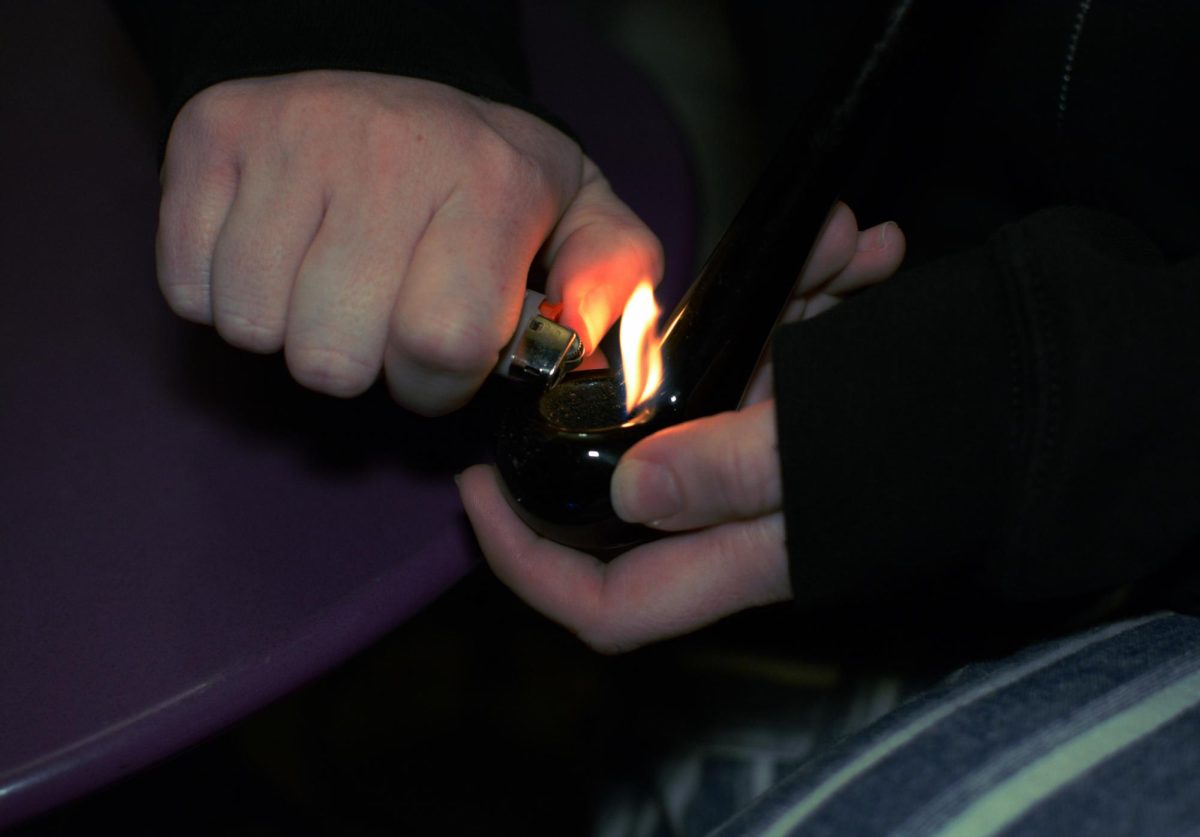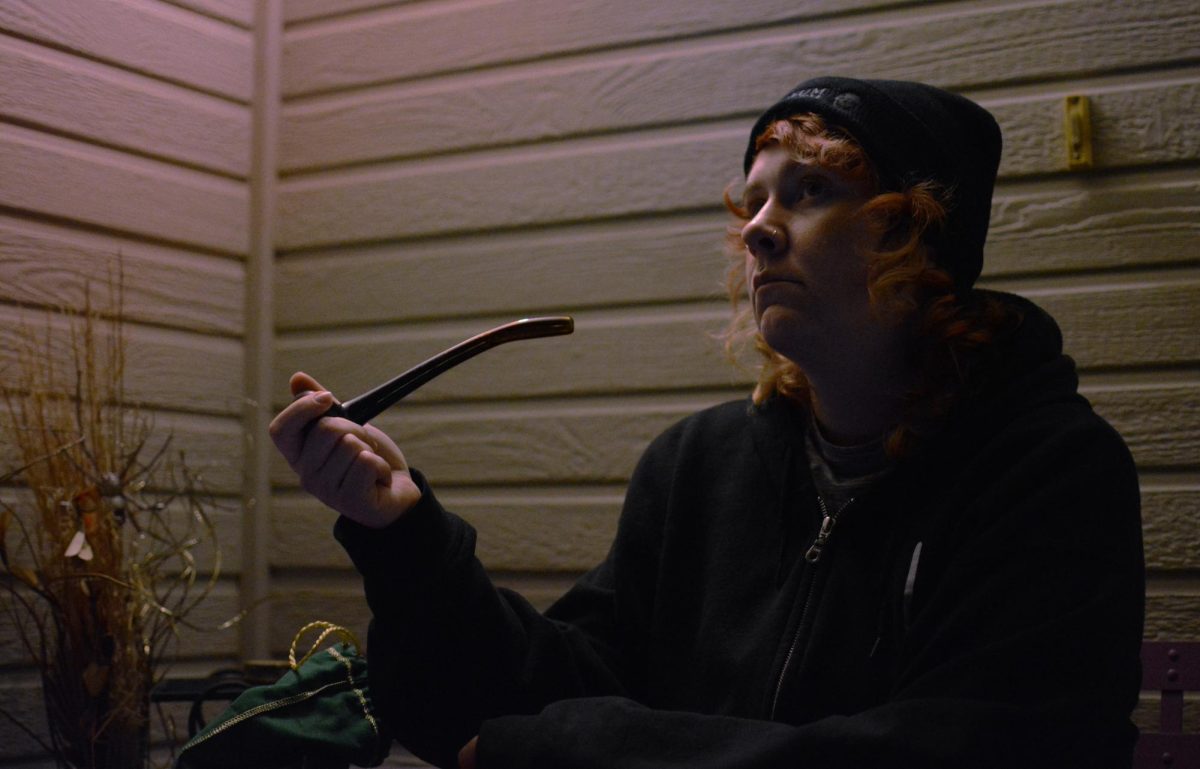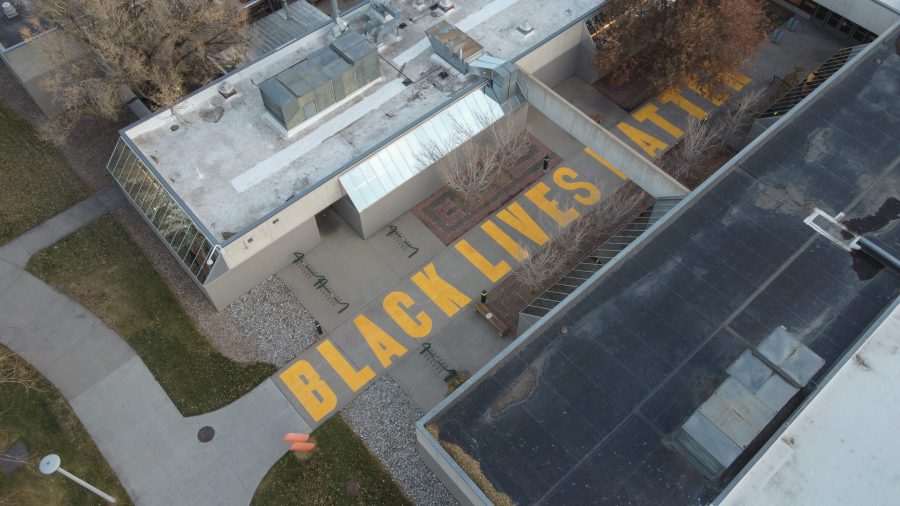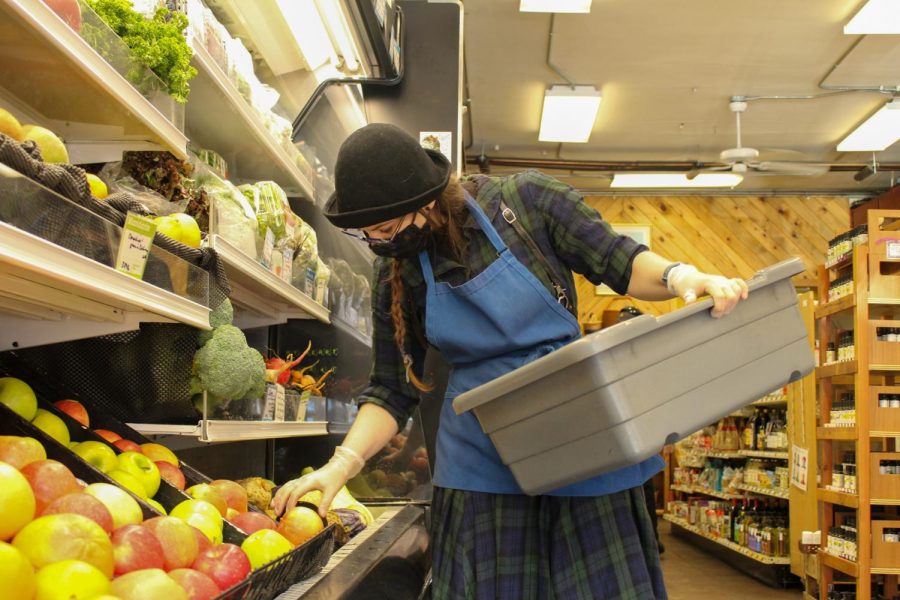Protests, art, and activism for the Black Lives Matter Movement intensified in 2020 after several racially charged crimes shone light on the high levels of oppression within the country. Many institutions responded with social justice initiatives to express support for the cause. In solidarity for this push for change, Colorado State University faculty and students painted a Black Lives Matter mural on Oct. 7 with the collaboration of many departments. The mural is painted across the sidewalk near the Visual Arts Building on campus in bright, yellow lettering, reading “Black Lives Matter.”
Aitor Lajarin-Encina, a painting professor at CSU, originally came up with the idea over the summer.
“I kept seeing these murals happening all over the country,” Lajarin-Encina says. “Of course I was interested in them, but at some point, I saw on UCSD’s Instagram that they made a mural there, which is where I got my masters. So then the idea came to me that we should make one of these by our building.”
After discussing his idea with the chair of the Art Department, Eleanor Moseman, his idea quickly became a shared vision among many faculty members.
“Ethnic Studies, the Black/African American Student Cultural Center and the Department of Art and Art History were the three main spear hitters,” says Ajean Ryan, a drawing professor at CSU. “Then we did have to go through the University Public Art Committee, where you go to the president’s office, and with their approval, we designated it as a public art installation.”
By establishing the mural as property of the university, measures could be implemented to help protect the art.
“We took around two to three months to go through all the processes involving the President’s Office, involving security,” says Roberto Muntoreanu, a graphic design professor at CSU. “Cameras were installed to protect the building and protect the artwork. If something happened with the artwork like vandalism, we could get results from that.”
Ultimately, the administration proved very supportive in taking a visual stance on this social justice issue. Once authorized, every piece of the mural was strategically made, from the design to the placement of the mural.

The font, for instance, has historically rooted symbolism for the Black community. Muntoreanu, who decided the design of the script, chose Black typographer Tré Seals and his typeface called Martin for the lettering.
“He does amazing work creating digital typefaces,” Muntoreanu says. “In most of the typeface that he creates is actually redoing types he finds in old posters and signs people used in protest. The typeface I decided to use was called Martin, which was used in the signs people used in the Martin Luther King walks and marches.”
Once he decided the design, Lajarin-Encina reproduced the digital drawing onto the pavement by using grids. The placement of the mural on the sidewalk aimed to visually raise awareness and create discussion around the movement.
“It has bold, yellow lettering and it is something that stands out,” says Maliek Swain, a student employee at B/AACC. “With it being laid across the sidewalk, it is something that attracts the eye, and I think that is very important because people who might not attend some of the lecturing sessions may think about what the meaning behind this is. And that will furthermore engage them into learning about the whole entire movement.”
“What does it mean to say Black Lives Matter in 2020? What does it mean to say it in 2014?” -Ray Black, ethnic studies professor
“Right now we’re continuing with educational programming going until the end of the spring semester,” Ryan says. “We are trying to make it a full academic year of educational components in collaboration with this sidewalk mural. That entails webinars, lectures, and there is going to be some arts based political advocacy-based workshops. Really everything that pertains to the movement and our role in seeking social justice and the causes we need to care about as educators and scholars.”
Ray Black, ethnic studies professor at CSU, led one of these opening lectures and taught on the history of African American efforts to gain civil rights and equal rights.
“What does it mean to say Black Lives Matter in 2020? What does it mean to say it in 2014?” Black says. “What does it mean to say that in 1968 when the protestors in Memphis that Dr. King was going to support when he was assassinated were walking down the street, when the sanitation workers were walking down the street with signs that said ‘I am a Man’? And that font on those signs is the same font used for this installation.”
“That extension of ‘I am a Man’ goes back to abolition when British abolitionists had this badge with an emblem of a kneeling enslaved man on his knees praying and pleading ‘Am I not a man and a brother?’” Black says. “This idea of Black humanity is something that gets reinterpreted and redescribed every generation. This is something that is continual, and it is going on.”
While this mural connected to these educational opportunities, it also served for Black members of the community to feel supported on campus.
“I think the main symbolism is to align yourself with certain ideas and to support humbly, because there are many things you can do, but first of all, to our Black students, Black faculty, Black friends, and Black peers around this institution,” Lajarin-Encina says. “We should all get together and raise a voice for each other. It is about solidarity, empathy, and avoiding ambiguity with an important issue.”


